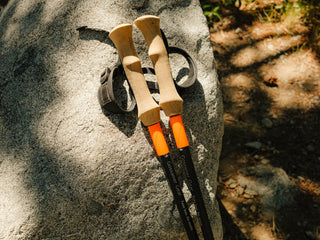Interview
A Visit With Kiyotaka Shinoki of Monroe Garden Outdoor

We first heard of Kiyotaka Shinoki’s deep collection of vintage outdoor gear in 2021 – an article from Gear Patrol highlighted Monroe Garden Outdoor, his incredible basement level archive. With a little luck, we were able to get in touch with Kiyo San and arrange our first visit the next year. Having then moved out of the Brooklyn basement – Kiyo warmly welcomed us into his home for a coffee, chat, and of course digging through his collection.
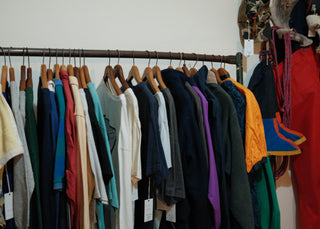
Sanpo Studios: Kiyo San, can you tell us a bit about MGO and how and why this project came about?
What experiences or interests initially inspired you to create Monroe Garden Outdoor, and how has that vision evolved since you started?
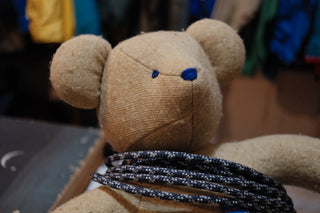
Nature is full of inspiration for creative folks. It sounds like there may be a shared appreciation of nature in your work, as in the work of the gear designers’ you now collect. How do you typically source items? Can you recall a specific occasion or item you found that was particularly exciting? Do you have any criteria for choosing which pieces make it into your collection?


Tell us about these bears - How were these made? What do they mean to you?
You’ve had a few pop-up sales with your friends at Pilgram Surf Supply. We love seeing these types of collaborations and opportunities for fans of outdoor culture to connect – What have you enjoyed most about these events?
We’ll have to make it out to your next event – it’s exciting to hear about the energy the attendees bring! You’ve mentioned that there are some items you don’t have much interest in selling – instead keeping them in your archive. Can you share an example?

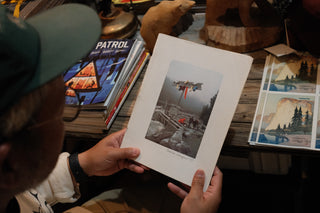
Which items are your most treasured and what’s their story?
Lastly, what has been the most rewarding aspect of Monroe Garden Outdoor?
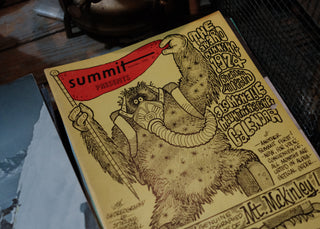
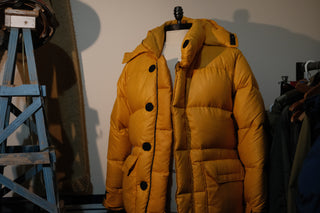
Published
Interview
Jonathan Rahmani
Photos
Sanpo Studios

